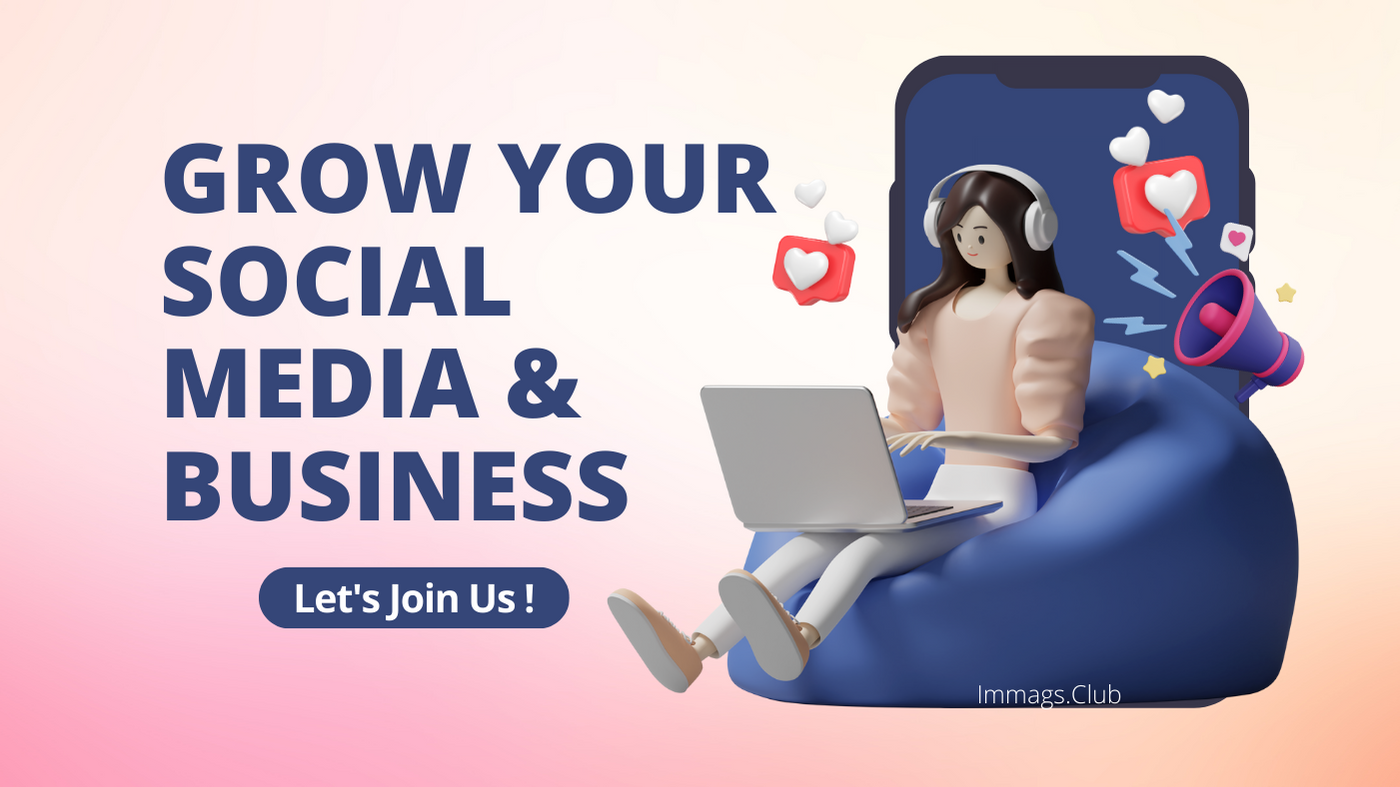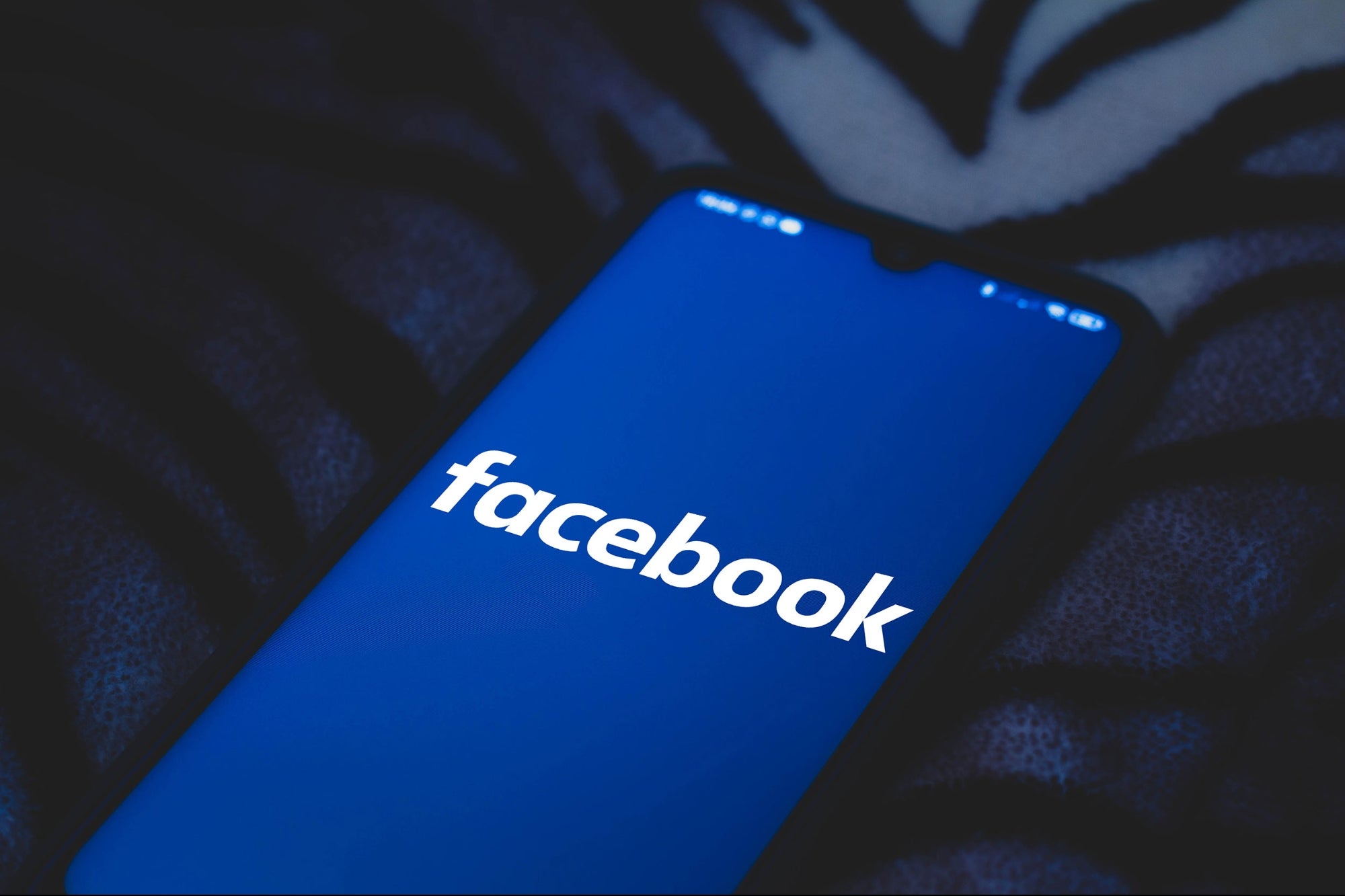Earlier this month, I published an article on how to leverage a large Instagram account to build a lucrative career. Today, I want to approach the same topic, this time from the brand’s point of view. Indeed, influencer marketing is a powerful tool.
As this marketing channel blossoms, it becomes evident that there’s still confusion and uncertainty around how to approach to one report, for every dollar spent on influencer marketing, brands are receiving an average of $5.20 of earned media value. Sixty-one percent of marketers responded to a survey agreeing that it’s difficult to pinpoint the correct influencers for a given campaign, which is why I wanted to find an entrepreneur or brand that has made a name for themselves through influencer marketing; a brand that others can learn from.
That’s how I was introduced to Sean Kelly, founder of Jersey Champs, an online clothing company that almost exclusively uses influencers to sell jerseys. In a recent interview, I took the opportunity to ask Kelly in-depth about his overall influencer strategy.
In the early days of Jersey Champs, Kelly was enrolled in Rutgers University and running the company out of his dorm room. After seeing a business opportunity in the popularity of sports jerseys, Kelly set out to see if he could sell jerseys with custom designs that weren’t necessarily related to sports. Fast forward three years, and Jersey Champs has sold hundreds of thousands of jerseys, with influencer partnerships including Logan Paul, rappers 2 Chainz and Logic, Mark Cuban and other celebrities and athletes. Kelly attributes much of his success to celebrity and influencer endorsements, telling me that “at first it was a matter of sending a free jersey to an influencer and praying that they would share it, and when they did it made our day, But now that we’ve grown so much and understood the importance of it, we have annual partnership contracts set up to legitimize and scale it.”
Kelly went on to explan that there are three significant lessons he believes have been responsible for Jersey Champs’s most successful influencer campaigns.
1. Be hyper-specific when considering partners.
With so many influencers to choose from, considering who to partner with can be difficult. “We defined our absolute ideal customer and then built our entire business and growth strategy around that, including the influencers we work from,” says Kelly. He and his team have positioned their brand around high-schoolers and college students, and their choice of influencer follows.
“We spent a lot of time trying to figure out who our customers follow on Instagram, the music they listen to and who they watch on YouTube to determine who we reached out to for a partnership,” he elaborates. “Once we discover a rapper or personality that’s gaining popularity, we don’t waste any time reaching out to them.” Kelly attributes a lot of this to being “tapped-into” the social media hype himself, making an effort to pay close attention to the Explore page within Instagram, trending news on Twitter and Google News, as well as frequently engaging with customers.
2. Judge an influencer’s value on engagement, not audience size.
With so many fake followers and unengaged audiences, Kelly jokes that he’s become a bit of an Instagram detective when it comes to spotting influencers. “For some people, it’s a kick to be featured on an Instagram page with one million followers, but when it comes down to sales, audience loyalty and engagement is way more important,” he says. “For example, partnering with Logan Paul is awesome for us, because he has such a strong relationship with his audiences, so when he wears our jersey on his podcast, we know people are going to watch the entire video and think highly of it.” Interestingly, 48 percent of marketers cite audience loyalty as the most valuable factor when considering an influencer. But there is a powerful lesson here for anyone looking to work with an influencer: While impressive followings may be persuasive, it doesn’t reflect loyalty. According to Kelly, “Jersey Champs was built on partnering with actual influencers with loyal audiences who look up to them, not just personalities with large but unattached followers.”
3. Don’t settle on a single post.
Once you’re confident with your choice of influencer, Kelly recommends doing everything you can to maximize the transaction. “When we start talking to an influencer, we’re shooting off ideas of what we can do with them,” he details. “Custom jerseys, exclusive giveaways [and] fun ways of creating content. It’s not just about getting a single post on their feed. We want them to want to promote our brand and see value in it for them, too. That’s why we’ll design a custom jersey for them to help them ‘prime’ their audience so that they’re more engaged. It’s all about hype.”
Another big part of extracting value from influencers is accessing their audiences for paid ads. As part of the transaction, Kelly will often try to negotiate access to their Facebook-ad audiences, so he can supplement the influencer’s promotions with paid ads promoting Jersey Champs. As he concludes, “It ties back to the original point [about being hyper-specific]. A big part of marketing is getting in front of the right audiences, and if your influencer has done that already, you need to leverage that in many ways, not just a single post.”







